10 Best Herbal Lozenges For Colds

Herbal lozenges are popular natural remedies for relieving symptoms of colds, often containing ingredients like echinacea, ginger, or honey, which are believed to have soothing and immune-boosting properties.
These lozenges work by numbing the throat, reducing irritation and coughing, while also providing moisture to alleviate dryness. Many herbal lozenges are free from artificial additives, making them a preferred choice for individuals seeking natural alternatives to over-the-counter medications. They are generally safe for most adults and children, though those with allergies should check the ingredient list carefully.
While they may not cure a cold, herbal lozenges can offer symptomatic relief and support the body's natural recovery process.
FREE Herb Drying Checklist
How to make sure every batch retains maximum flavor, color, and aroma without the risk of mold or over-drying. Eliminate guesswork and trial-and-error, making herb drying faster, easier, and more efficient every time.
Table of Contents
1. Echinacea purpurea
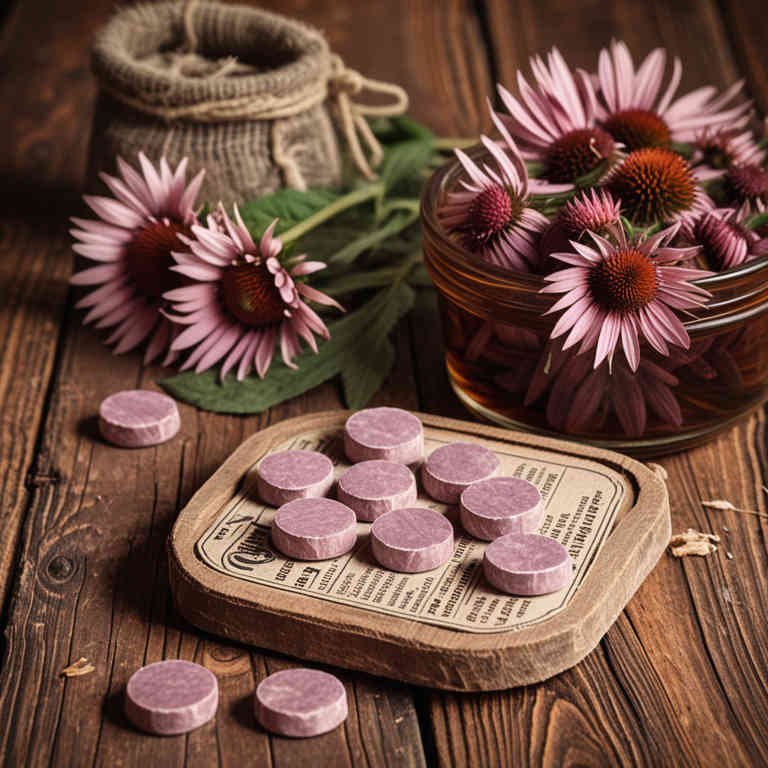
Echinacea purpurea herbal lozenges are commonly used to support the immune system and alleviate symptoms of the common cold.
These lozenges contain extracts from the purple coneflower, a plant traditionally used in Native American medicine for its purported immune-boosting properties. Studies suggest that echinacea may help reduce the duration and severity of cold symptoms, though results can vary among individuals. The lozenges are typically made with natural ingredients and are often preferred by those seeking alternative or complementary remedies.
As with any supplement, it is advisable to consult a healthcare professional before use, especially for individuals with allergies or underlying health conditions.
2. Zingiber officinale
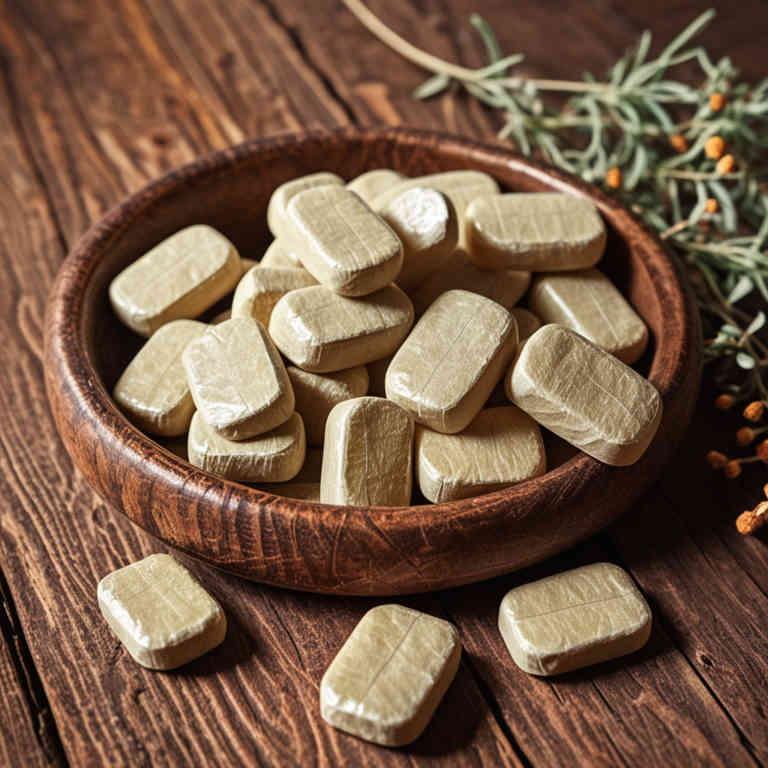
Zingiber officinale, commonly known as ginger, is a popular herbal remedy used in the form of lozenges to alleviate symptoms of colds.
These lozenges work by leveraging ginger's natural anti-inflammatory and antioxidant properties, which can help reduce throat irritation and soreness. Ginger is also known to have mild fever-reducing effects and can aid in improving circulation, potentially supporting the body's natural healing process. The warm, spicy flavor of ginger lozenges can provide a soothing effect on the throat and may help ease coughing.
Overall, zingiber officinale herbal lozenges are a safe and natural option for those seeking relief from common cold symptoms.
3. Salvia officinalis
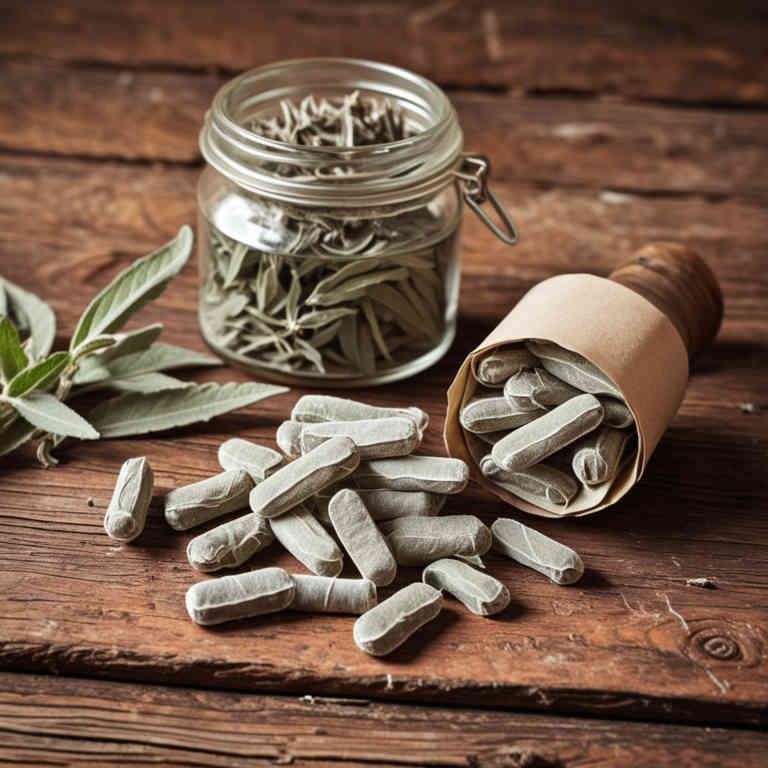
Salvia officinalis, commonly known as sage, is a popular herbal ingredient used in lozenges to help alleviate symptoms of colds.
These lozenges are often formulated with sage extract, which is believed to have antiseptic and anti-inflammatory properties that can soothe sore throats and reduce mucus production. Sage has been traditionally used in herbal medicine for its ability to support respiratory health and ease discomfort associated with colds. When used as part of a holistic approach, sage lozenges may provide natural relief without the side effects of over-the-counter medications.
However, it is important to consult with a healthcare professional before using these lozenges, especially for individuals with allergies or chronic health conditions.
4. Foeniculum vulgare
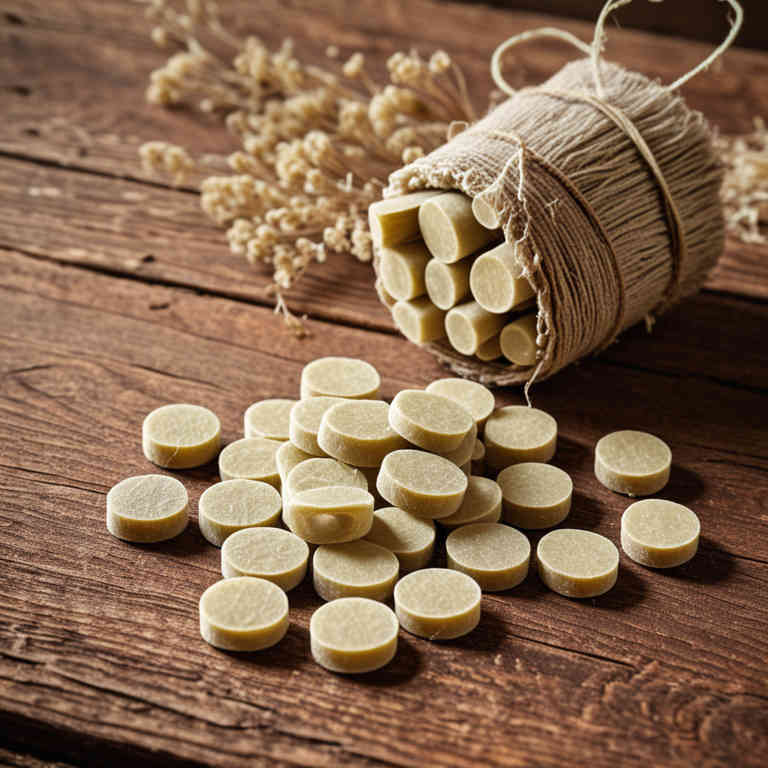
Foeniculum vulgare, commonly known as fennel, is a herbal remedy often used in the form of lozenges to alleviate symptoms of colds.
These lozenges are typically made from the dried seeds of the fennel plant, which contain compounds like anethole and limonene that have mild antiseptic and anti-inflammatory properties. Fennel lozenges are believed to help soothe sore throats, reduce coughing, and ease congestion due to their expectorant effects. They are often used as a natural alternative to over-the-counter cold medications, particularly by those seeking herbal remedies.
However, it is important to consult with a healthcare professional before using fennel lozenges, especially for children or individuals with allergies or existing medical conditions.
5. Glycyrrhiza glabra
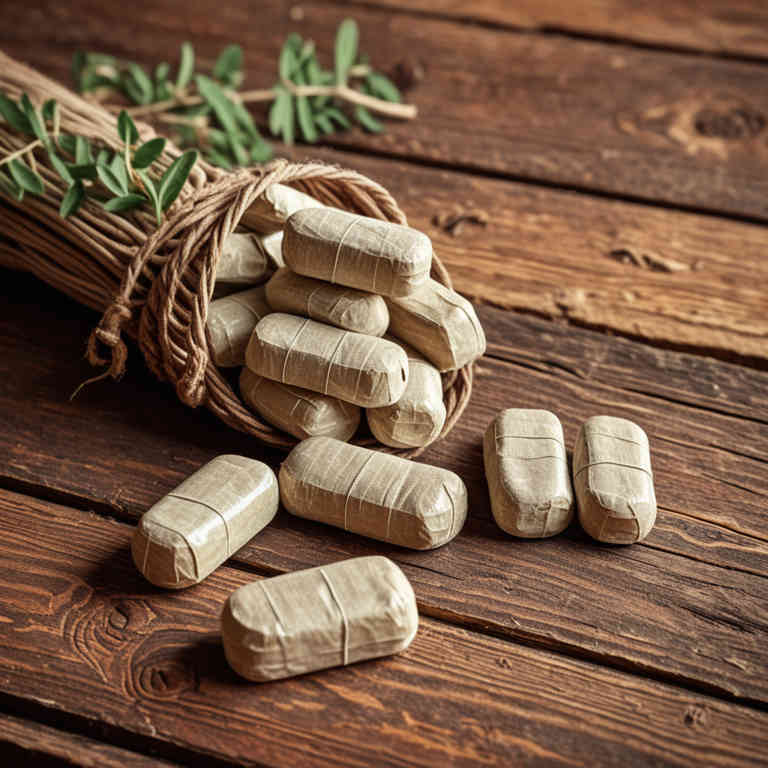
Glycyrrhiza glabra, commonly known as licorice root, is a traditional herbal remedy widely used in herbal lozenges to alleviate symptoms of colds.
These lozenges are formulated with licorice extract, which possesses anti-inflammatory, antiviral, and expectorant properties that help soothe sore throats and reduce mucus buildup. The natural sweetener, glycyrrhizin, contributes to the lozenges' pleasant taste while also providing potential immune-boosting benefits. When used as part of a holistic approach, glycyrrhiza glabra lozenges may help shorten the duration of cold symptoms and provide relief from irritation.
However, prolonged use should be cautious due to potential side effects such as hypertension, and it is advisable to consult a healthcare professional before use.
6. Thymus vulgaris
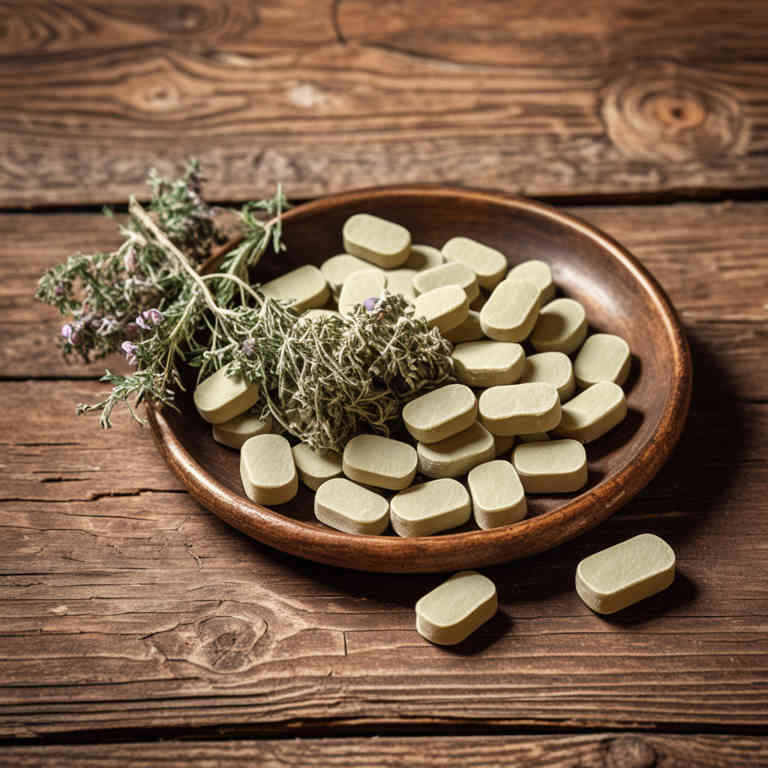
Thymus vulgaris, commonly known as thyme, is a popular herb used in the formulation of herbal lozenges for relieving cold symptoms.
These lozenges are designed to soothe sore throats and reduce coughing by leveraging the natural antiseptic and anti-inflammatory properties of thyme. The active compound carvacrol in thyme has been shown to help fight off respiratory infections and ease congestion. Thymus vulgaris herbal lozenges are a natural alternative to over-the-counter cold remedies, offering a gentler approach with fewer side effects.
They are often recommended for individuals seeking a holistic method to support the body's natural defenses against colds.
7. Mentha piperita
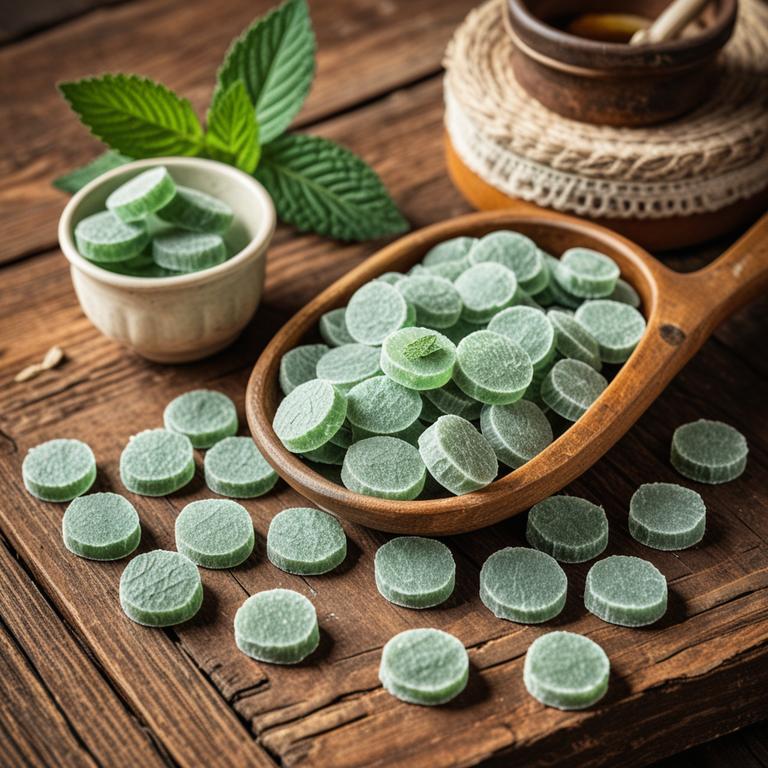
Mentha piperita, commonly known as peppermint, is a popular herbal ingredient used in lozenges to alleviate symptoms of colds.
These lozenges provide a soothing effect on the throat by reducing irritation and inflammation, making them effective for soreness and coughing. The refreshing menthol scent helps to clear nasal passages and ease breathing, offering relief from congestion. Peppermint lozenges are typically sugar-free and suitable for both adults and children, making them a natural alternative to over-the-counter cold remedies.
Regular use of these herbal lozenges can support the body’s natural recovery process while promoting overall respiratory comfort.
8. Piper nigrum
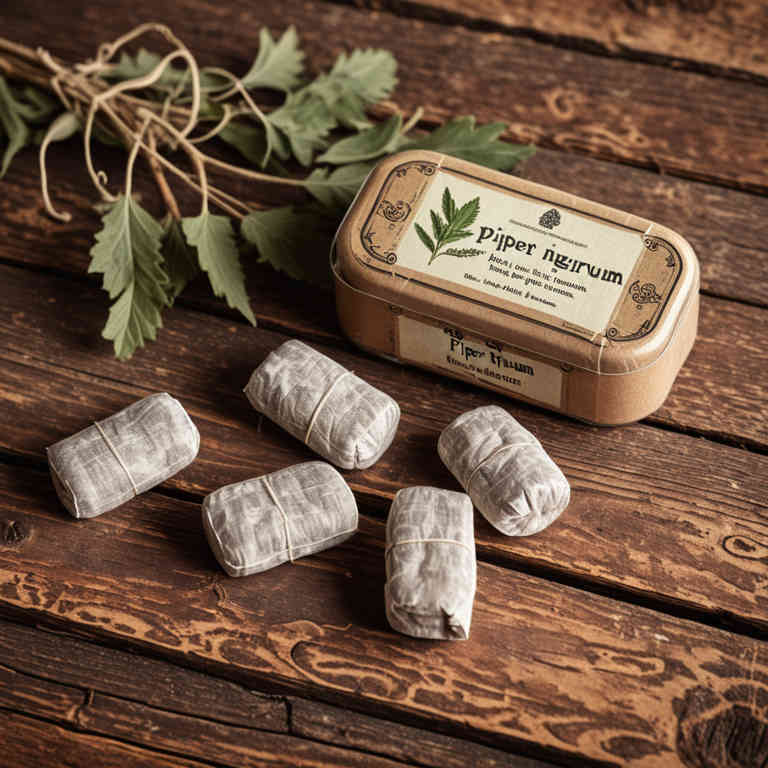
Piper nigrum, commonly known as black pepper, is a traditional herbal remedy that has been used for centuries to support respiratory health.
When formulated into herbal lozenges, black pepper can help soothe sore throats and reduce inflammation in the respiratory tract. The active compound, piperine, is believed to enhance the absorption of other medicinal compounds and may have mild antiseptic properties. These lozenges are often used as a natural alternative to conventional cold remedies, particularly for their warming and stimulating effects.
However, they should be used with caution, as excessive consumption may cause irritation or interact with certain medications.
9. Camellia sinensis
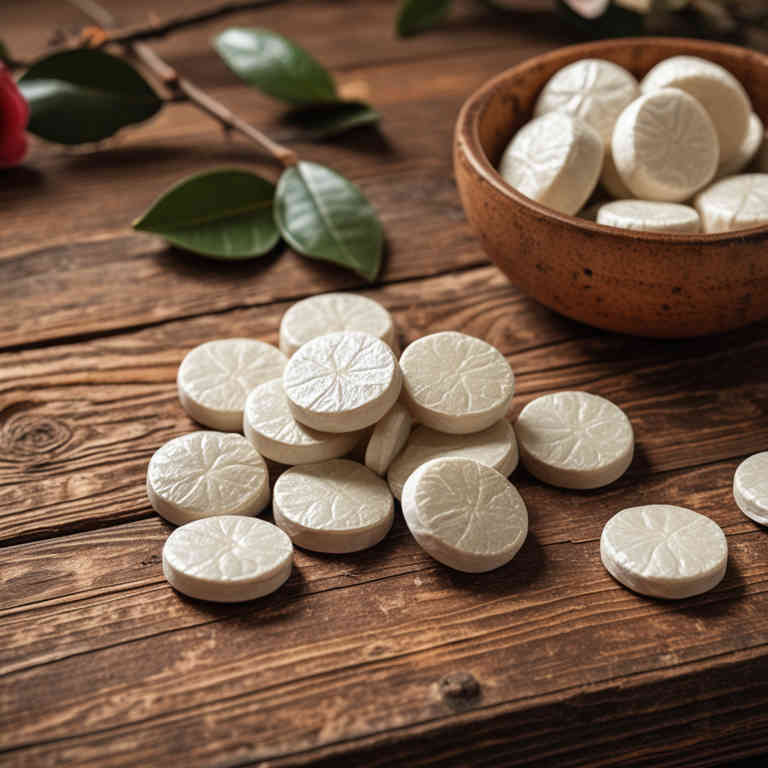
Camellia sinensis herbal lozenges are made from the leaves of the Camellia sinensis plant, which is the primary source of both green and black tea.
These lozenges are often used as a natural remedy to help alleviate symptoms of colds, such as sore throat and coughing, due to their mild antiseptic and anti-inflammatory properties. The active compounds in Camellia sinensis, including catechins and polyphenols, may help reduce mucus production and soothe irritated throat tissues. While they are generally considered safe for most adults, it is advisable to consult a healthcare professional before use, especially for individuals with allergies or chronic health conditions.
These lozenges offer a convenient and flavorful way to support the immune system during cold season.
10. Rosmarinus officinalis
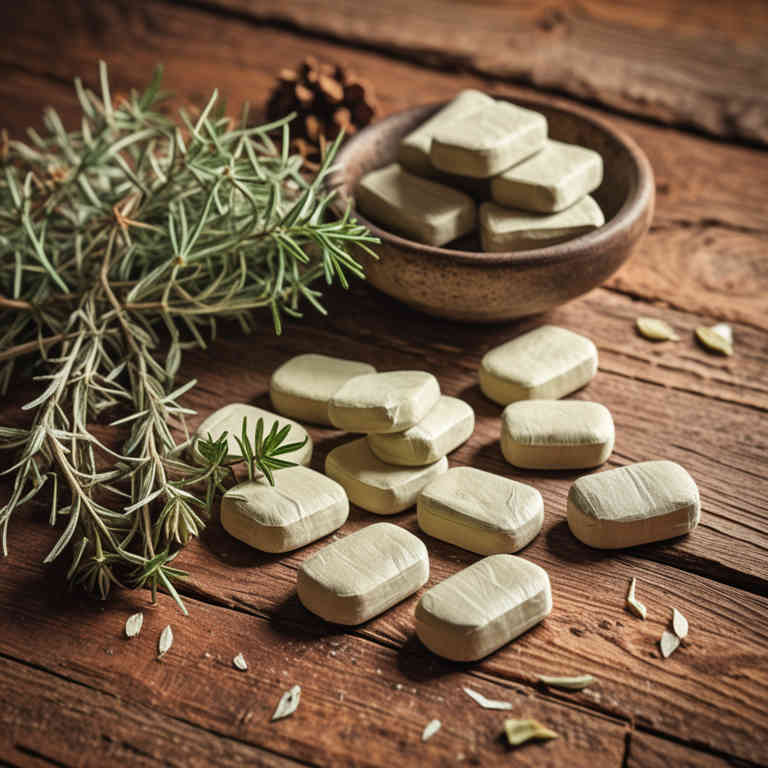
Rosmarinus officinalis, commonly known as rosemary, is a fragrant herb that has been traditionally used for its aromatic and medicinal properties.
Rosemary herbal lozenges are formulated to provide relief from cold symptoms by leveraging the plant's natural anti-inflammatory and antimicrobial qualities. These lozenges help soothe sore throats and reduce coughing due to their essential oils, which possess mild analgesic effects. The refreshing scent of rosemary also helps to clear nasal congestion and improve breathing, offering a natural alternative for those seeking relief without harsh chemicals.
Overall, rosemary lozenges are a gentle, aromatic remedy that supports the body's natural defenses during a cold.